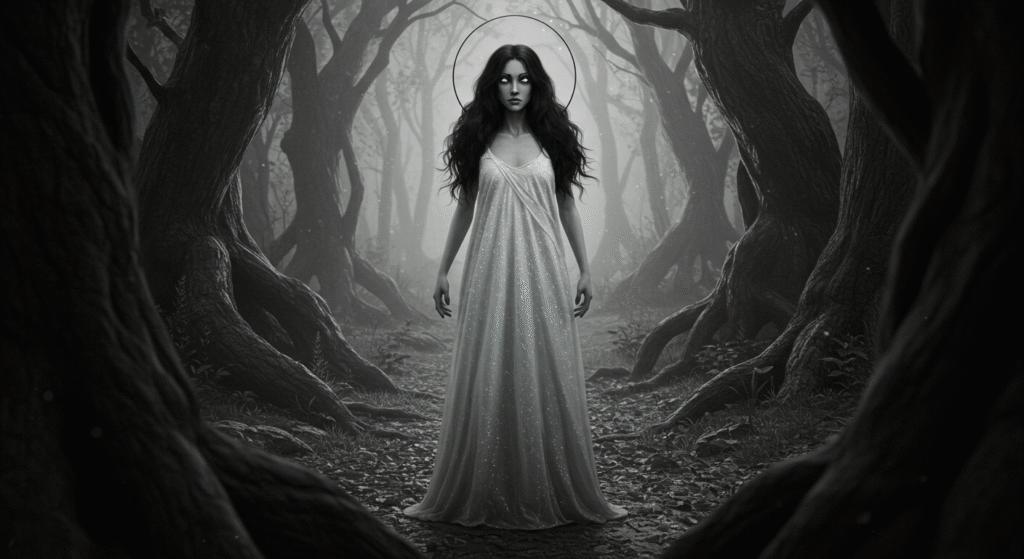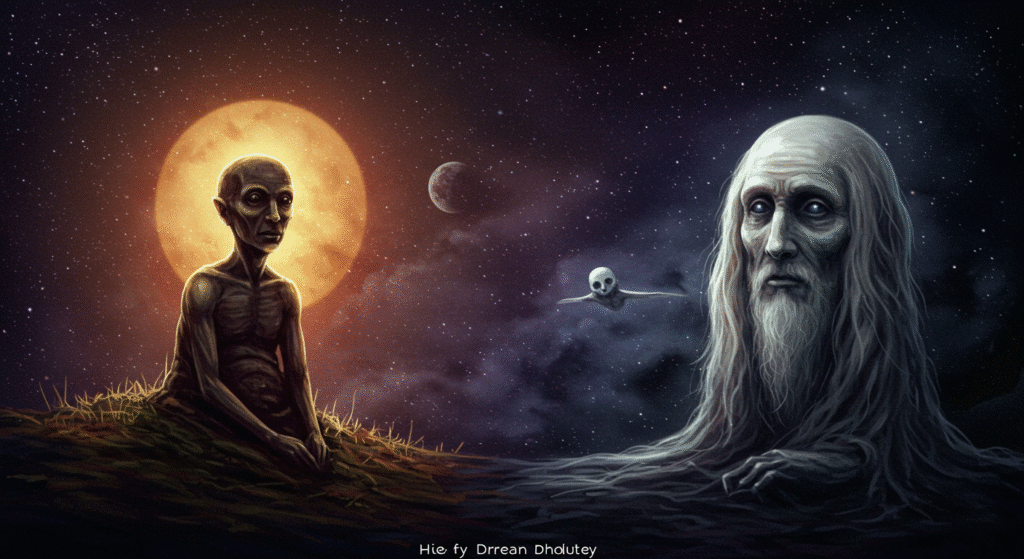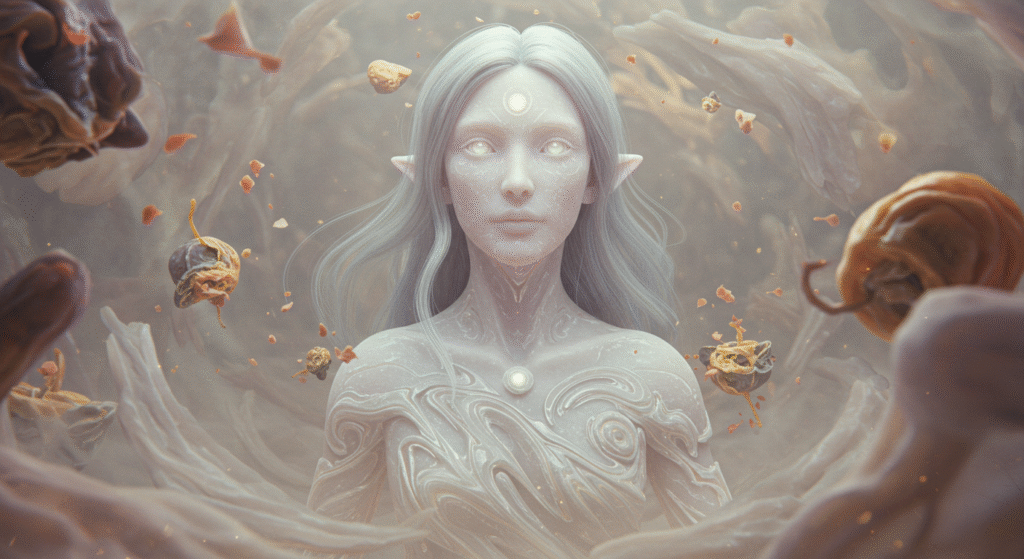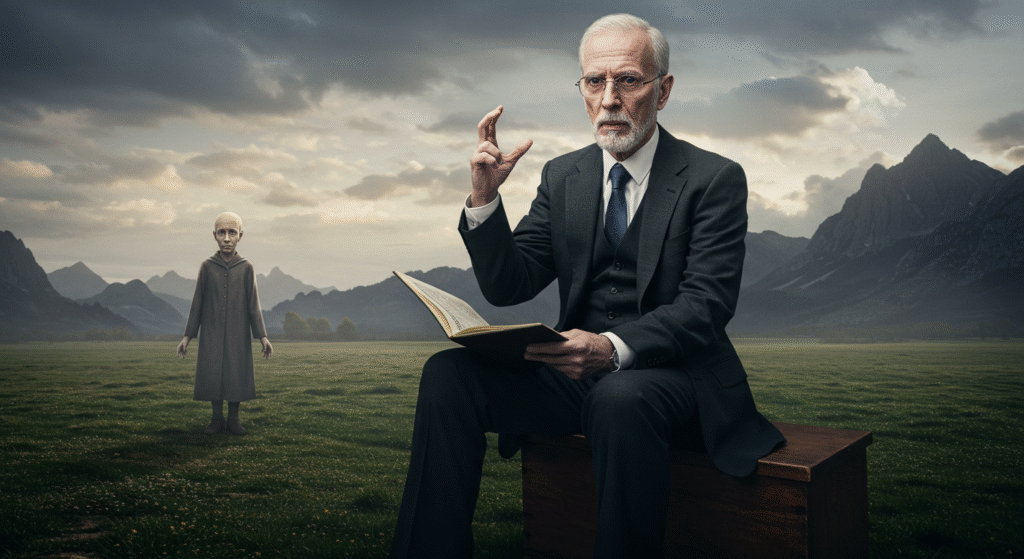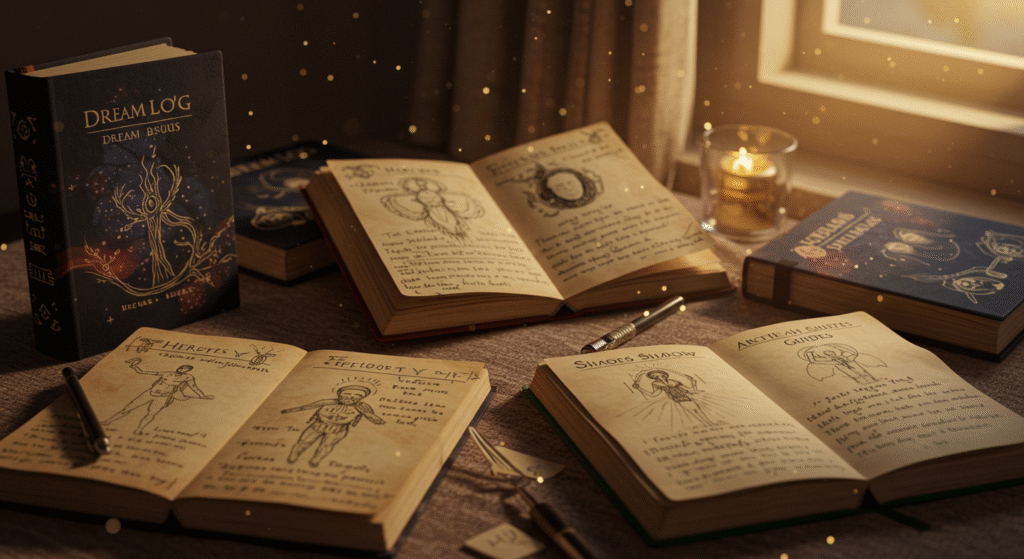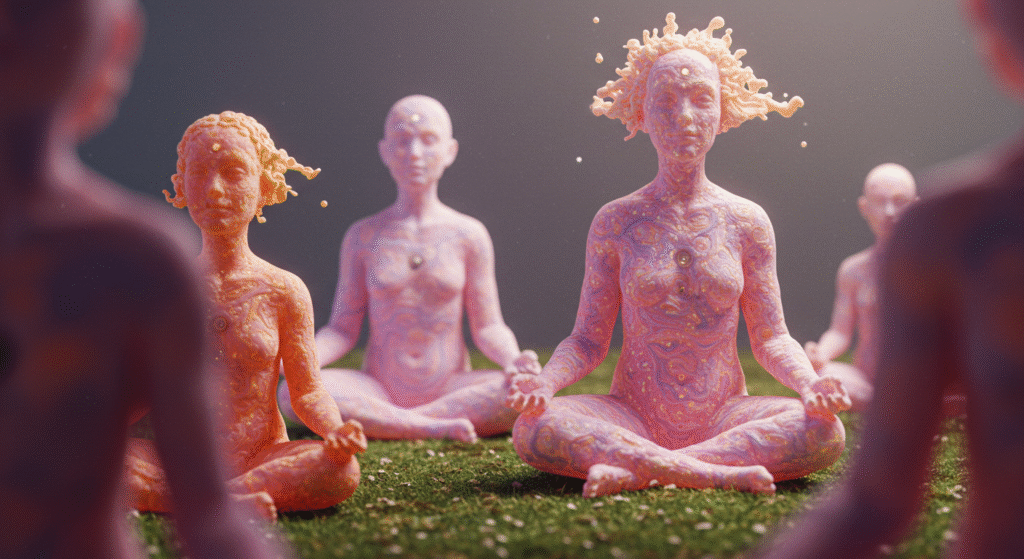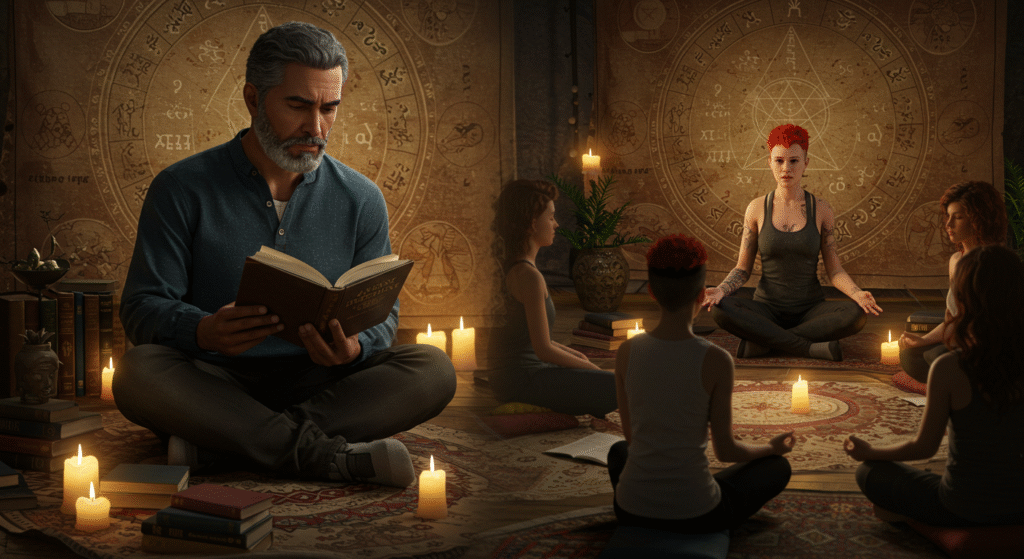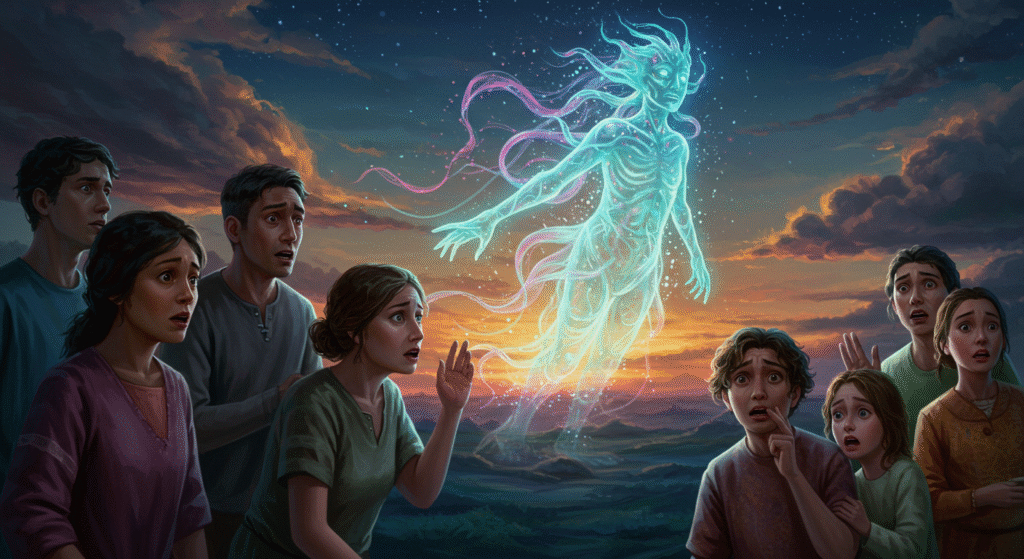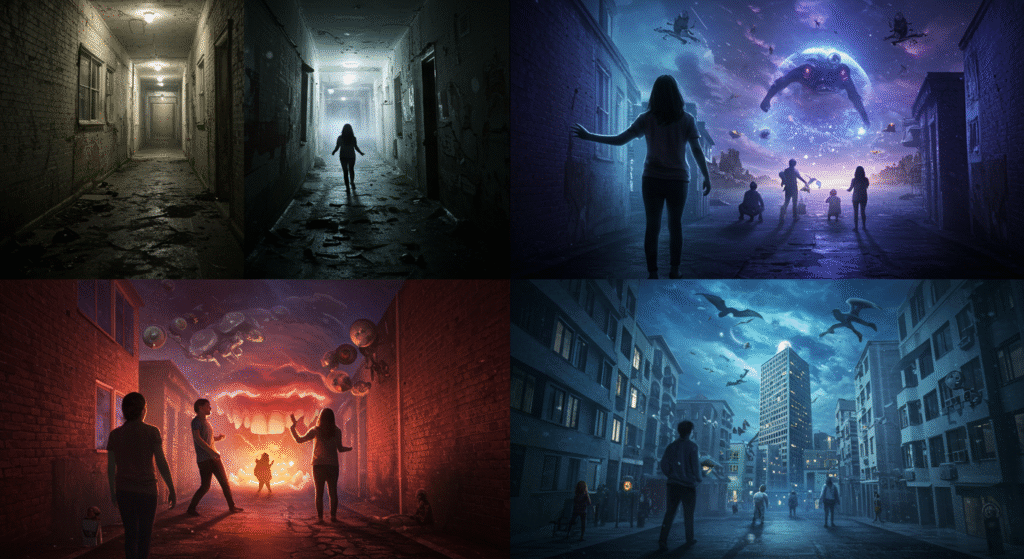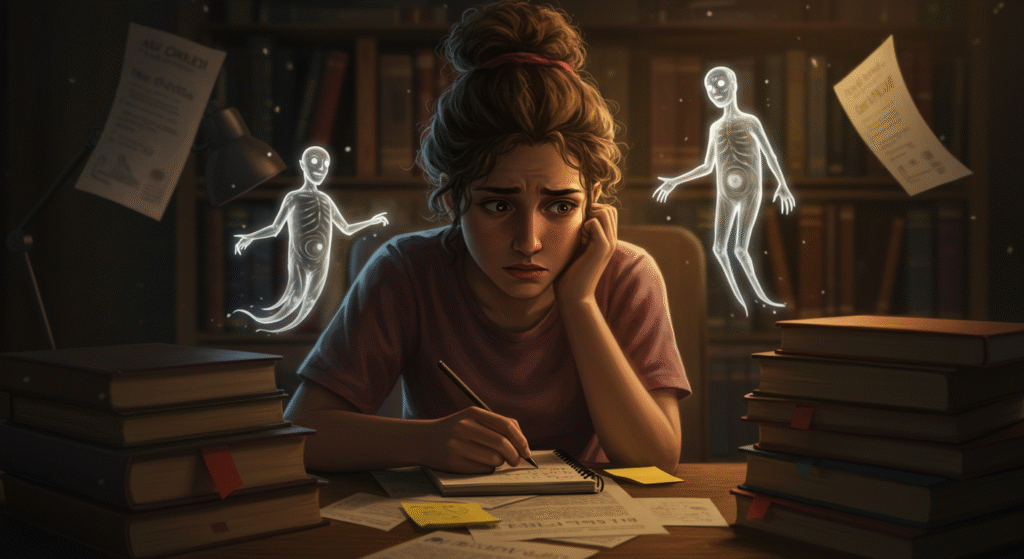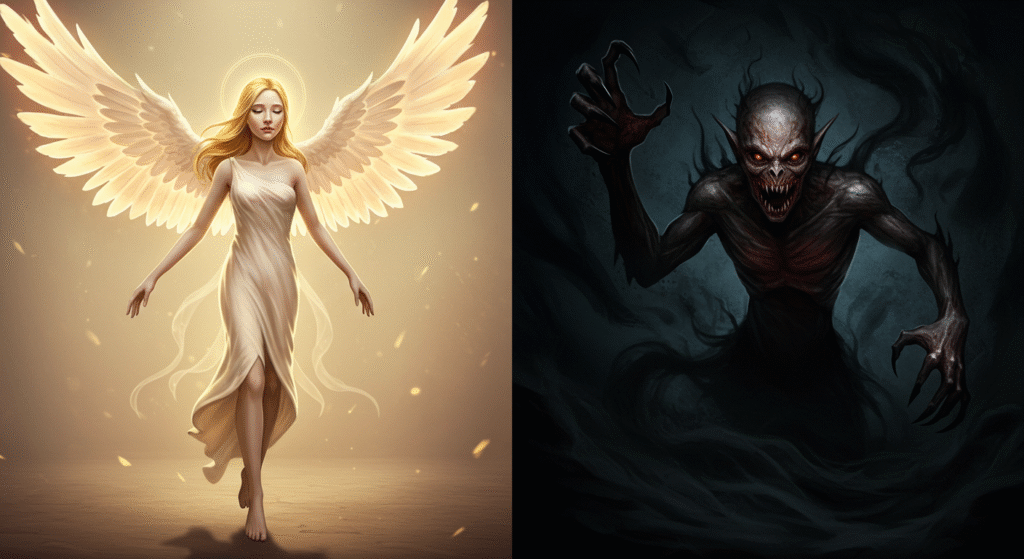Table of Contents
- Introduction to Dream Entities
- Understanding Dreams and Their Connection to the Subconscious
- What Are Dream Entities? Definition and Characteristics
- Dream Entities as Subconscious Symbols
- Contrasting Perspectives on Dream Entities
- Common Types of Dream Entities
- How to Interpret Encounters with Dream Entities
- A Table Breaking Down the Two Perspectives on Dream Entities
- FAQs About Dream Entities
Introduction to Dream Entities
Dreams remain one of the most mysterious phenomena of human experience.
Within this realm, “Dream Entities” take a prominent role, captivating dreamers and researchers alike. But what are these entities?
Are they merely products of our subconscious, or do they exist as real, energetic beings that transcend the limitations of the material world?
This blog dives deep into this fascinating subject. We’ll uncover the origins of the concept, explore views from both psychology and spirituality, and attempt to understand the essence of Dream Entities.
Whether you’re curious about the science of dreaming or intrigued by more esoteric interpretations, this guide offers a comprehensive exploration of both perspectives.
By the end, you’ll have a greater understanding of Dream Entities and, perhaps, a deeper appreciation of what happens when your head hits the pillow.
Understanding Dreams and Their Connection to the Subconscious
Dreams are a universal experience, but their purpose and meaning remain debated. Most often, dreams are described as vivid sequences of images, emotions, and sounds created by the mind during sleep.
While science generally views dreams as a product of brain activity during Rapid Eye Movement (REM) sleep, theories like those of Sigmund Freud and Carl Jung suggest they reflect subconscious thoughts.
Jungian psychology, for instance, proposes that dreams serve as a bridge to our collective unconscious—a deeper layer of shared human psyche teeming with archetypes.
According to this view, Dream Entities could represent these archetypes, offering symbolic messages.
On the flip side, from a strictly neurological perspective, dreams are explained as random firings of neurons processed into narratives.
Even so, the distinct presence of “entities” in dreams—often vivid, interactive, and complex—seems to defy purely random processes. Are they truly products of the subconscious, or is there something more behind them?
What Are Dream Entities? Definition and Characteristics
Dream Entities are perceived beings or figures encountered during dreams. They can appear as humans, animals, mythical figures, or abstract energy forms.
Unlike passive dream elements, Dream Entities often seem independent, possessing distinct personalities, intent, or wisdom.
These entities stand out because they can interact with the dreamer, delivering messages or participating in dream scenarios. For many, these encounters can feel intensely real—heightened by their emotional impact.
Some Dream Entities are benevolent, emanating guidance or comfort, while others may be menacing or enigmatic.
Cultural mythology and personal beliefs often shape how these beings are interpreted. Are they manifestations of suppressed emotions?
Guardian spirits? Or even beings from other planes of existence? The boundary remains tantalisingly unclear.
Dream Entities as Subconscious Symbols
A widely accepted theory is that Dream Entities are subconscious projections. From this vantage point, your brain crafts entities to express mental or emotional processes symbolically.
For instance, an authoritative figure in your dream may represent your inner critic or an unresolved issue with authority in waking life.
Dream analysis practitioners often advise focusing on the emotions sparked by these entities. Did they inspire fear, joy, or confusion? The feelings they evoke might provide a key to interpreting their meaning.
Evidence Supporting the Symbolic Perspective
- Psychoanalytical Studies
Freud’s ideas suggest entities embody repressed desires or fears. Someone dreaming of confrontational entities might harbour inner conflict they’ve yet to face.
- Dream Journals
When comparing dream logs, common archetypes—heroes, shadows, guides—frequently arise. These recurring patterns suggest a symbolic language shared across humanity.
- Neurological Activity
Neuroscientists have observed specific brain regions activate during dreams, linked to memory and emotion, further supporting the view that we “construct” these entities.
Dream Entities as Real Energetic Beings
A more spiritual interpretation holds that Dream Entities aren’t just mental constructs but actual beings interacting with us in our dream state.
Advocates of this belief argue that dreams provide a glimpse past the physical realm, unveiling dimensions where other energetic or spiritual entities dwell.
From this perspective, Dream Entities may serve various roles—guides, protectors, or even malevolent forces.
Some practitioners of lucid dreaming and astral projection report prolonged contact with such entities, even communicating with them during altered states.
Spiritual and Esoteric Beliefs
- Ancient Cultures
Shamans and mystics in many traditions describe dream worlds teeming with spirits and otherworldly beings.
- Energy Fields
Some theories propose Dream Entities represent energy patterns from higher-dimensional planes.
- Mystical Encounters
Many accounts detail encounters with Dream Entities who deliver prescient messages or healing. These claims suggest authenticity beyond mental constructs.
Contrasting Perspectives on Dream Entities
While science leans towards a psychological or neurological origin, spiritual interpretations make a compelling case for Dream Entities being real energetic beings.
What’s interesting is how both perspectives offer insights yet cannot entirely disprove the other.
From neurology’s assertion that dreams reflect internal processes to esoteric claims involving multidimensional beings, it’s evident that Dream Entities occupy a unique liminal space.
Whether you’re sceptical or spiritual, the truth likely lies somewhere in the synthesis of these perspectives.
Common Types of Dream
- The Guide
Often described as a benevolent and wise figure, the Guide appears in dreams to offer advice, insight, or direction.
These entities may take on the form of a mentor, a family member, or even an animal spirit.
Many interpret their presence as a reflection of the subconscious mind offering clarity or a connection to a higher source of wisdom.
- The Trickster
The Trickster is a playful yet sometimes mischievous entity, known for creating confusion or presenting challenges within the dream.
These entities may introduce chaos to teach valuable lessons or highlight overlooked aspects of the dreamer’s psyche, though their intentions can sometimes be hard to discern.
- The Shadow
This entity represents repressed fears, insecurities, or unresolved emotions.
Typically perceived as dark or threatening, the Shadow forces the dreamer to confront aspects of themselves they may not wish to acknowledge, paving the way for personal growth and self-awareness.
- The Companion
These entities are often friends, allies, or loyal figures who provide comfort and support during the dream.
They can appear as familiar faces or entirely new beings, helping the dreamer feel grounded and secure, especially during intense or profound dream scenarios.
Each type of dream entity serves a distinct purpose, whether by guiding, challenging, reflecting, or supporting the dreamer.
Their presence can provide profound insights into both the subconscious mind and the mysteries beyond it.
- Animal Entities
Animal entities in dreams often carry symbolic meanings, representing instinct, power, or certain innate qualities of the dreamer.
These creatures may serve as guides or guardians, leading the dreamer through unfamiliar or challenging dreamscapes.
For example, a bird might symbolize freedom or spiritual ascension, while a wolf could signify intuition or the balance between independence and community.
The behaviors and characteristics of these animal entities are often reflective of the dreamer’s emotions or life situations, acting as mirrors of the subconscious.
Their presence can evoke deep emotional responses, drawing the dreamer closer to their primal self or uncovering hidden wisdom.
- Mythical Beings
Mythical beings in dreams bring an additional layer of symbolism and complexity, often representing forces beyond the physical and tangible.
Creatures like dragons, unicorns, or phoenixes might signify transformation, purity, or the balance of destruction and rebirth.
These beings often draw from cultural archetypes, embodying qualities that resonate universally or that are deeply rooted in specific traditions.
For instance, a dragon could represent power and wisdom in one context, or danger and chaos in another.
Their presence in dreams can serve as a guide, challenging the dreamer to confront fears, harness inner strength, or explore a deeper connection to the mystical and unknown.
How to Interpret Encounters with Dream Entities
Interpreting encounters with dream entities requires introspection and an understanding of personal context.
Shadow figures, for instance, may embody fears or suppressed emotions emerging from past experiences or current anxieties.
They encourage the dreamer to confront and resolve inner conflicts. Guides, on the other hand, often symbolize inner wisdom or external influences providing clarity and direction in life, urging the dreamer to trust their intuition or explore new possibilities.
Tricksters can be more complex, as they destabilize the dream narrative with humor, confusion, or challenges.
They may represent the dreamer’s subconscious attempt to grapple with uncertainty or rethink rigid beliefs.
Animal entities typically serve as powerful symbols tied to the dreamer’s instincts, emotions, or spiritual connections, with each animal carrying its own unique significance such as a wolf representing strength or a bird symbolizing freedom.
Mythical beings like angels or demons often reflect the dreamer’s cultural upbringing, spiritual beliefs, or moral dilemmas, and they may serve as a representation of light and shadow in the dreamer’s psyche.
By analyzing the emotions, context, and symbols present in these encounters, the dreamer can uncover valuable insights into their subconscious mind and personal growth.
Keeping a dream journal is a helpful practice for tracking recurring entities and themes, which can reveal patterns or deeper meanings over time.
When decoding your interactions with Dream Entities, reflection is key. Consider these steps to gain deeper understanding:
- Write Down the Dream
Note every detail upon waking, including emotions and interactions with the entity.
- Analyse Symbolism
Search for personal or universal symbols in the entity’s characteristics.
- Meditate or Reflect
Deep contemplation can uncover subconscious links to the entity.
- Consult Experts
A psychotherapist or spiritual guide might offer new perspectives on the meaning of the dream.
A Table Breaking Down the Two Perspectives on Dream Entities
| Aspect | Subconscious Symbol Perspective | Real Energetic Being Perspective |
|---|---|---|
| Definition | Projections of the subconscious mind | Independent entities existing in other realms |
| Key Traits | Archetypes and repressed emotions | Conscious, interactive, possibly sentient |
| Evidence | Freudian/Jungian analysis, dream studies | Spiritual reports, mystical experiences |
| Cultural Connection | Found in psychology and literature | Found in myths, esotericism, and parapsychology |
| Dream Impact | Offers insight into inner conflicts | Provides guidance, warnings, or energy healing |
| Criticism | Dismissed by spiritual traditions | Lacks scientific validation |
FAQs About Dream Entities
1. What are Dream Entities?
Dream Entities are beings or figures encountered in dreams, often vivid and recurring. They can represent symbols from your subconscious or, as believers suggest, actual energetic beings.
2. Do Dream Entities have consistent forms?
Some take recognisable shapes, like humans, animals, or mythical figures, while others appear formless, like blobs of energy.
3. Are Dream Entities dangerous?
They rarely cause harm. If an entity feels threatening, consider it a manifestation of internal fears needing resolution.
4. How do I interpret Dream Entities?
Analyse their traits, your emotions, and the greater dream context. Dream journaling helps capture patterns.
5. Can anyone encounter Dream Entities?
Yes, though experiences are shaped by personal beliefs and cultural factors.
6. Can Dream Entities predict the future?
Some spiritual accounts claim so, but scientific validation is lacking.
7. What’s the role of lucid dreaming?
Lucid dreaming lets you consciously engage with Dream Entities, deepening exploration.
8. Are Dream Entities tied to religion?
Not exclusively. They appear across both spiritual and secular dream landscapes.
9. How can I deliberately meet Dream Entities?
Techniques like meditation and dream incubation may increase your chances.
10. Could they be extraterrestrial beings?
Some theories link entities to alien or interdimensional life forms, but this remains speculative.
Dream Entities continue to fascinate and mystify, blurring the line between the mind’s creations and the unknown. Whether symbolic or otherworldly, they open pathways to self-discovery and greater understanding of existence.

